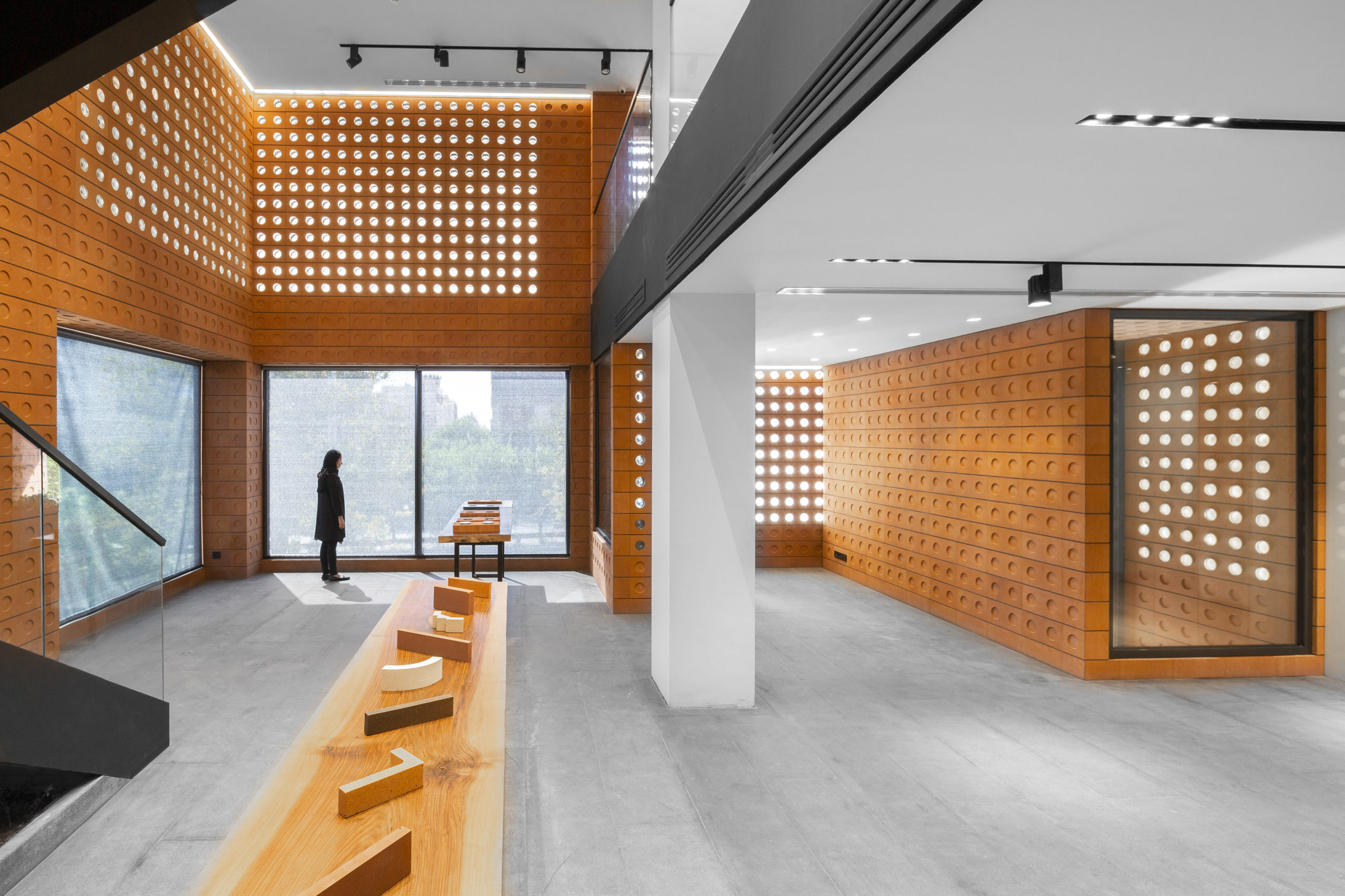Exactly How CDA Architects Integrate Creative Thinking and Functionality in Modern Architecture
Exactly How CDA Architects Integrate Creative Thinking and Functionality in Modern Architecture
Blog Article
An Extensive Summary of Architectural Styles and Their Influence on Modern City Planning and Advancement
Architectural designs have long served as a mirror to the societal values and technical developments of their time, playing an important role in forming modern city preparation and advancement. From the grandeur of Neoclassicism to the practical method of Brutalism, each design has presented distinct principles that influence city aesthetics and capability.
Historical Review of Architectural Designs
Throughout history, building designs have advanced in reaction to social, technological, and ecological factors. Each duration reflects the prevailing worths, beliefs, and improvements of its time, resulting in an abundant tapestry of design that indicates human imagination and adjustment. The ancient worlds, such as the Egyptians and Greeks, developed foundational designs that emphasized balance and proportion, offering both functional and visual purposes.
As societies transitioned with the Center Ages, Gothic architecture arised, characterized by its verticality and detailed outlining, mirroring the spiritual aspirations of the period. The Renaissance noted a revival of timeless suitables, merging art and design in cutting-edge ways that affected succeeding styles across Europe.
The Industrial Change introduced new materials and building and construction techniques, triggering activities like Modernism, which challenged standard kinds and embraced simplicity and functionality. The 20th century saw a diversification of designs, with Postmodernism responding versus the stark minimalism of its predecessor, integrating historic referrals and eclectic aspects.
Today, building designs remain to progress, driven by globalization and sustainability problems, mirroring a vibrant interaction in between heritage and advancement. This historic introduction highlights the importance of design as a mirror of societal evolution and as a catalyst for city growth.
Key Architectural Styles Explained
The variety of architectural styles reflects the myriad impacts that form our developed environment, each personifying unique features and cultural importances. Trick architectural designs include Classical, Gothic, Baroque, Innovation, and Postmodernism, each standing for special historical contexts and aesthetic ideologies.
Classic architecture, rooted in old Greece and Rome, emphasizes proportion, proportion, and the usage of columns. In contrast, Gothic style, thriving in the center Ages, is identified by sharp arcs, ribbed vaults, and flying buttresses, producing an ethereal top quality in cathedrals. Baroque style, emerging in the 17th century, is noted by splendour, fancy ornamentation, and a dynamic interaction of light and darkness.

Recognizing these styles gives understanding right into the social stories and technical improvements of their particular ages, highlighting exactly how architecture serves not equally as a shelter, yet as a representation of social values and ambitions.
Influence on Urban Preparation
In shaping the growth of cities, architectural designs significantly influence city preparation choices. The choice of building style web link usually dictates the appearances, performance, and total character of metropolitan settings.
Additionally, building designs can impact zoning guidelines and land use policies. Urban organizers must think about the dominating building trends when creating areas, ensuring that new advancements integrate with existing structures. This consideration promotes natural urban landscapes and enhances community identification.
The execution of specific architectural designs can also influence socioeconomic elements within a city. For instance, premium modern layouts may attract upscale citizens and services, bring about gentrification, while more cost effective real estate solutions might prioritize functional and lasting layouts to suit varied populaces. Eventually, the interplay between architectural styles and urban planning develops vibrant cities that mirror both historic context and modern needs, shaping the lived experiences of their residents.
Sustainability and Modern Design
Building designs play a crucial duty in resolving contemporary challenges, specifically in the world of sustainability. As metropolitan locations broaden and environmental concerns intensify, modern style significantly accepts sustainable layout principles that focus on energy effectiveness, resource preservation, and very little ecological impact.
Contemporary building motions, such as biophilic design and environment-friendly design, advocate for frameworks that harmonize with their environments, using all-natural materials and advertising biodiversity - cda architects. These Discover More styles frequently include sustainable energy sources, such as photovoltaic panels and wind turbines, to lower dependence on fossil fuels and reduced carbon footprints
Additionally, the assimilation of innovative innovations, such as smart building systems, boosts energy management, optimizing source usage while ensuring owner comfort. Ingenious water management approaches, consisting of rainwater harvesting and greywater recycling, more contribute to lasting metropolitan atmospheres.
Especially, sustainability extends beyond ecological concerns; it includes social and financial measurements as well. By promoting area health and advertising inclusivity, modern-day architectural designs straighten with sustainable development objectives. Consequently, the development of building practices remains to form durable cities that not just meet the requirements of the here and now however likewise guard the future for generations to find.
Area Involvement in Design
Neighborhood involvement in style acts as an essential bridge between architects and the populations they offer, ensuring that the constructed setting shows the requirements and ambitions of its users. This joint process invites neighborhood participants to add their insights and choices, promoting a sense of ownership and obligation toward the spaces they live in.
Reliable community interaction employs various methods, such as workshops, surveys, and public forums, to gather diverse viewpoints (cda architects). These strategies promote a two-way discussion, allowing architects to comprehend neighborhood contexts while empowering residents to voice their worries and needs. This inclusivity not only improves the layout quality but additionally advertises social equity by addressing the unique difficulties faced by marginalized groups

Final Thought
Architectural designs have actually exceptionally influenced modern-day city planning and advancement, mirroring progressing cultural and technical contexts. The combination of historic aesthetics with modern requirements fosters city atmospheres that focus on sustainability and area interaction. As cities proceed to expand and adapt, the recurring dialogue in between architectural heritage and modern style principles will stay necessary in developing inclusive, dynamic spaces that enhance top quality of life and promote social equity. The future of city growth rest article on this unified equilibrium.
Report this page